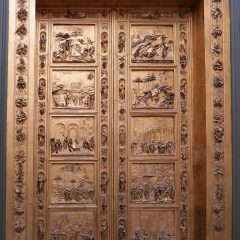Museum
Most of the established buildings in Pontyclun and our other villages are fairly “young” being built in the Victorian railway age, 1850 -1900. Look closer, and there is evidence of settlements in Pontyclun going back several millennia. The River Clun has evidence of settlements going back two thousand years including the Iron Age hill fort at Rhiwsaeson. The outcrops of iron ore, which forged Pontyclun in the 19th century, also led to a substantial Roman settlement in Miskin in the 3rd century when there were large scale iron smelters. The Celtic Church of the 7th and 8th century would have been active in the Pontyclun area with an ancient chapel on the site of St Anne’s Church in Talygarn.
We do not have a physical museum for you to visit but in this virtual museum you can find out about some of our industrial past, historic places, buildings and residents as well as look at a range of photographs from the past.
Our aim is to grow this collection and anyone with any photographs, stories or history which they would like us to add, please contact the Town Council. We are particularly keen to collect your personal memories from the past – so if you feel like writing something down for posterity please send it in to us.
In addition the Town Council is building a history trail and more information can be found here
So please come along and enter our galleries and see what you can find out about the history of the Pontyclun area. Just click on the door of the galley you want to enter.
Some Information is provided by way of external links. Please note we have no control over the content there
In addition readers may also be interested in learning more about our area by reading leaflets from the Llantrisant and District History Society. They have a wide variety of information about local history available to buy or loan.
We wish to acknowledge the contributions made to these pages including Coflein, Cadw, Biography Wales, RCT CBC and the Royal Commission on the Ancient and historical monuments of Wales where we have obtained extracts of information and photographs under the Creative Commons licence.
We are also grateful to Mr Edgeley Thomas and the Llantrisant and District History society for providing materials to publish here







